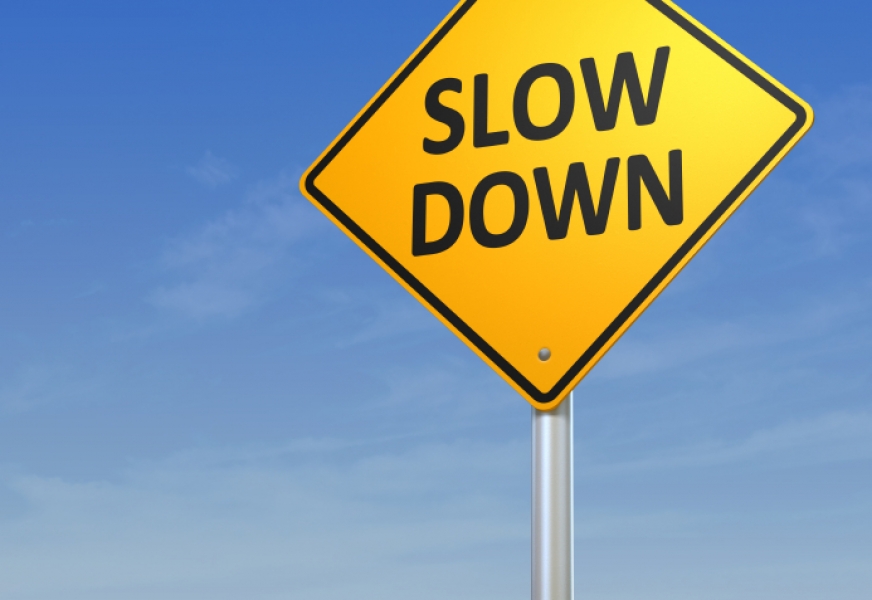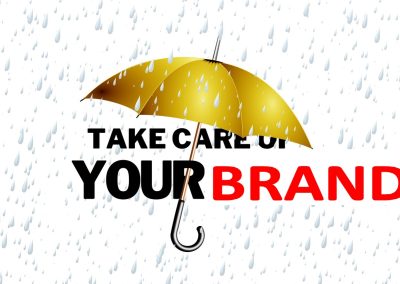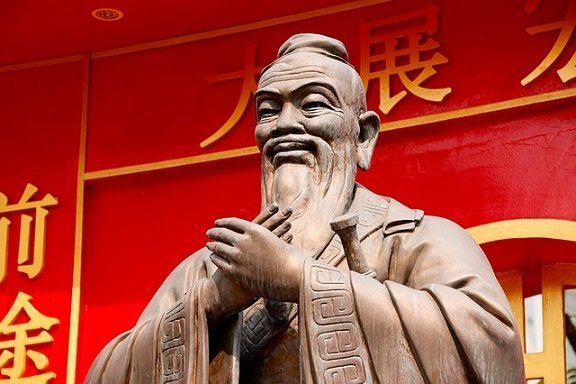In the smartphone and digital technology age, we are forced to be quick, efficient, agile. But, when speed becomes extreme, a renewed call for slowness sticks out. And marketing turns slow too.
Professor Lamberto Maffei, one of major international neuroscience experts, explained it in its work ‘Elogio della lentezza’: «The desire to emulate the fast machines we created, so different from our brain that is a slow mechanism, arouses distress and frustration […] The predominance of rapid thinking, starting from what we express through digital tools, may push towards erroneous solutions, damages in education and even in public life».
Apart from athletes, human beings are not designed for being too fast. According to some research, our body needs about 10 thousand daily steps, at a moderate pace, for its own wellness. And the return to mild rhytms encouraged the Slow Movement, with debates, events and initiatives in a number of domains, from food to medicine, from gardening to parenting.
Facing the quest after a collective slowing down, some companies began to put the foot off the gas pedal. How? They did evolve stores in comfortable spaces, for instance, where you can spend some nice time without being catapulted from the shelf to the cash register. Layouts are changing for bookstores, supermarkets, even flower shops – all enriching the in-store experience and moving away from a ‘buy and flee’ approach.
Advertising is changing. Narratives of 30 secs spots are slowing down and turning into fiction, mini series, sit-coms. These advertising formats, fitting TV, radio and the web, is not working for products and promotions only, but contributing to the emotional storytelling most brands are seeking for. Some years ago, this idea inspired the Papà campaign by telco operator Wind, having a short film to tell that technology might not be enough to communicate with your beloved.
Leaving the short-team obsession somewhat aside, companies are also changing their corporate communication to (re)conquer trust by becoming an authoritative source of contents, building their own reputation with a different pace, encouraging the participation of employees and the dialogue with external stakeholders. From press releases or events that incite the Internet, but quickly extinguish, corporate communication is moving towards wide-scope campaigns with a sound storytelling, attracting interest on different platforms, engaging several stakeholders, generating long-lasting results.
At a slow pace, of course.




